Creators, Makers, and Doers: Glenn Oakley
Posted on 8/9/16 by Arts & History
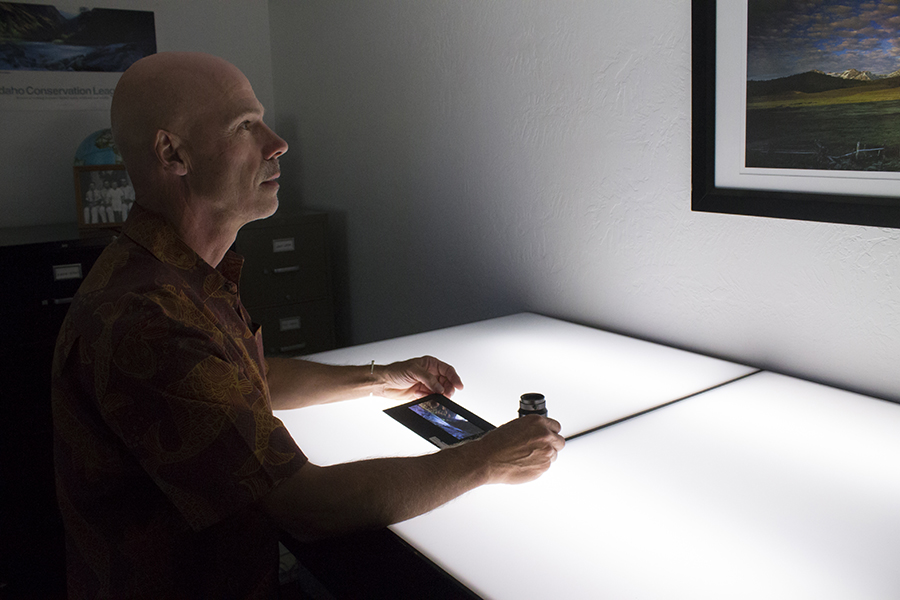
Glenn Oakley has spent years navigating the world of professional photography. Covering nearly every aspect from stock photography, newspapers, magazines, freelance, and travel, Glenn finds that he most enjoys being in and documenting the outdoors. He’s created a lifestyle that suits him: doing what he loves and living where he wants—in Boise. Here, he thrives with access to the outdoors and endless material to work with, all the while growing his career and persevering through a rapidly changing industry.
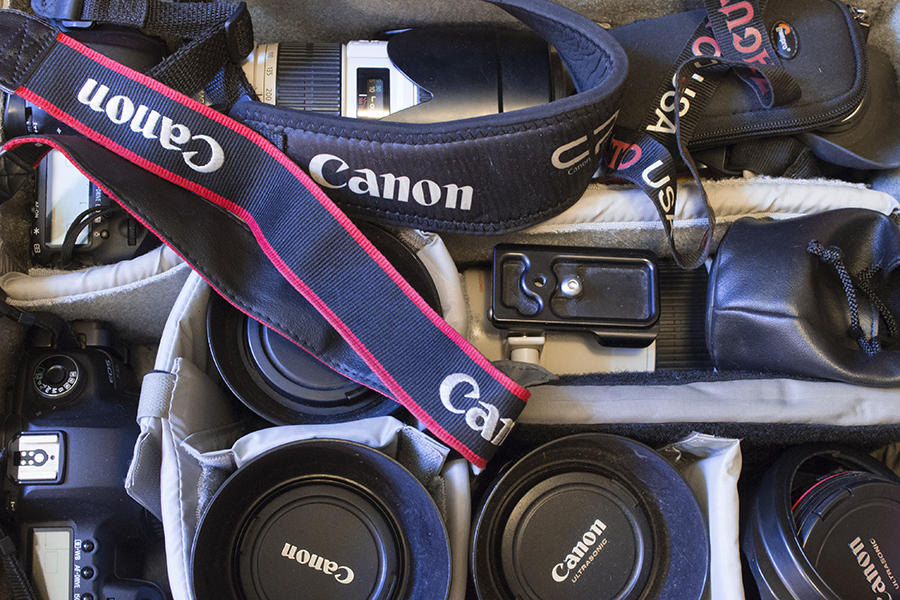
How would you describe your role in the community?
Well, it’s evolved over the years. Now my work is primarily as a photographer and filmmaker, doing short documentaries essentially, and short videos, although I started out as a writer-photographer, but I don’t write really anymore. Although, now that I’ve gotten into making films, the writing has sort of come back. I’ve been in communication one way or another since I moved to the valley from Missoula in 1978.
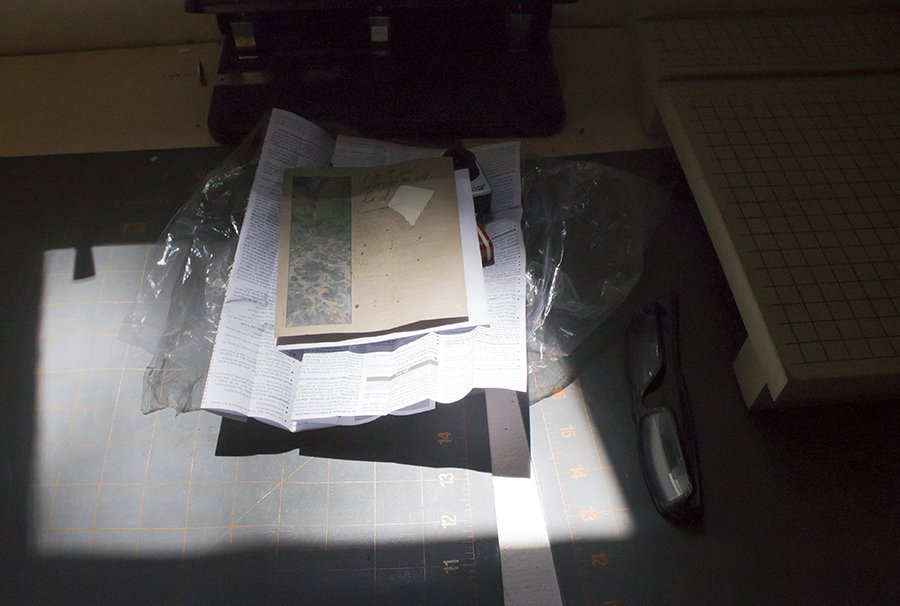
It seems that photography has been a constant throughout that time?
Photography has been a constant. I came to Idaho… I’ve had one full-time job in my life, it lasted two years, working for what’s now the Press-Tribune in Canyon County. They hired me as a photographer and I did the outdoor page. I started free-lancing while I was still in college and I did both writing and photography then. So, I started free-lancing in 1976 for the original incarnation of Mountain Gazette magazine, which exists now. It reincarnated. But that was back in the days before Outside and any of the other outdoor magazines. I worked two years at the Press-Tribune and then went to grad school to study photography in the graduate program at Ohio University. And then I came back to Boise after that and did an internship with the Statesman, but I kept free-lancing. So, I was free-lancing largely for High Country News and Sierra Magazine and magazines like that, doing primarily outdoor environmental stories. Originally I was doing complete packages. I mean, sometimes I would just do a strictly photography project or even a strictly writing project. But there came a point where I felt I needed to go one way or the other. And that actually happened in about 1988, and that’s when I basically chose photography. And, so, I kind of quit writing at that point.

Why did you choose photography over writing?
I don’t know. I think it was a more kinetic thing. And I think it was probably a better choice in terms of being able to make a living at it. It was a hard choice at the time. But, it was probably a good choice. So, then I kind of quit and just did photography and built up my career. In the early days, I was a stringer for the New York Times and I shot for the Associated Press. Then, I started working for bigger magazines, and I just started building my portfolio and my clientele. I started working for Smithsonian and Sunset—magazines like that. Then I started picking up larger advertising projects—commercial photography—because the editorial photography’s almost always been the more interesting work, but commercial work has always paid a lot more. If you’re making a living at it, I mean, you could move a decimal point over a couple of spaces, that’s the difference between editorial and commercial work. So, I did a mix for a long time and— well, I still do. But now it’s sort of evolved into a mix of still photography and video.
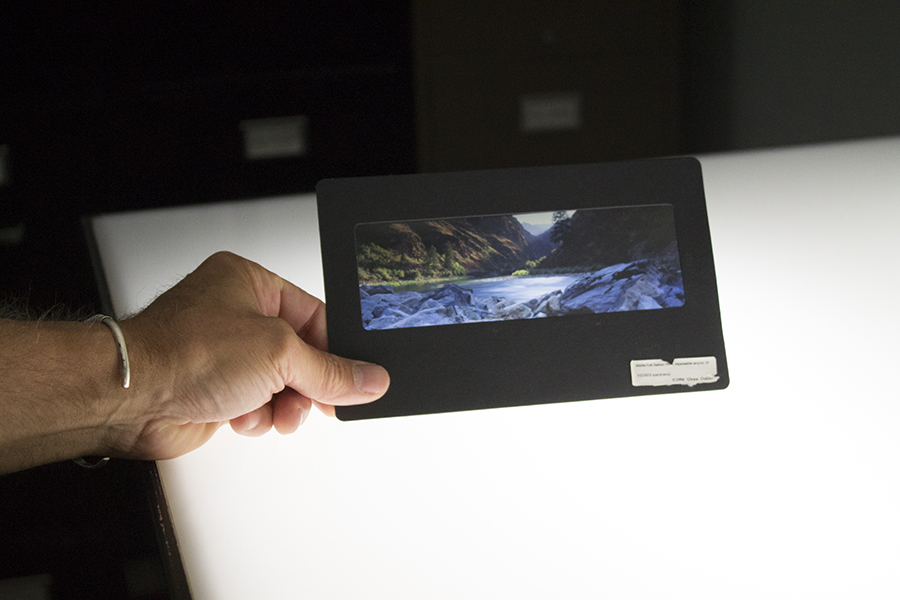
Can you describe some of the particular aspects of photography that you enjoy?
It’s still fun for me. I still like it quite a bit, because I’m primarily an outdoor photographer. I like being outside. It really depends on the kind of work you’re doing, but you can get into a special kind of a space doing photography, where your focus is pretty clear. The same way people do what’s called flow, or that focus that you get in sports, where you’re concentrated on what you’re doing and you’re not having a lot of extraneous thoughts. And I think, for me anyway, when photography is going well, I get in that space. That’s a good place to be. It’s still a good way to make a living too. And here’s the other thing: Pretty key for me is that photography has always been a way to access aspects of the world that I wouldn’t otherwise have access to. I mean, different experiences, different people. So, you have these experiences where you get to step into people’s lives or situations that you wouldn’t otherwise have access to and you get to do it professionally and you’re making your living doing it.
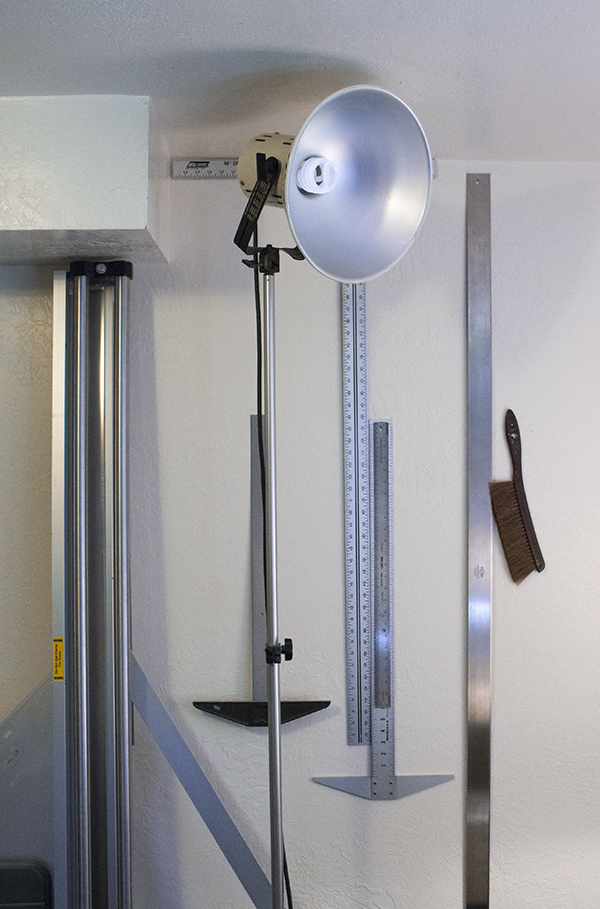
Can you describe what it takes to make a living with photography?
Yeah, but it’s changed so much. It’s evolved. When I started really, really pushing hard, it was always my intention to live where I wanted to live—which turned out to be here—but work on a national level. Back in those days I was buying ads in Workbook. I would drop like $8,000 to buy a page or two in Workbook. They don’t really do them so much anymore, but that was pre-Internet and you’d have these books that photographers would buy a single page or a double-truck in and then they get sent out to art directors and art buyers around the country—some international. It’s about trying to put yourself out there and trying to be known. You’d also be doing direct mail and that sort of thing. Well, that’s all out the window now. Now it’s more clear that social media is a bigger… avenue, and so the way that people are developing their careers now is different than the way I did mine. Honestly, I’m not on the cutting edge of social media. I use it some, but if I was starting out like people starting out now, people have to get as many followers as possible. Art buyers now, are looking at social media. And social media in a way, even the style of photography that is being done in social media is driving what sort of photography they use, in a weird sort of a way. They’re wanting photographers to emulate the style that they’re seeing. The way I came up is getting to be historical.
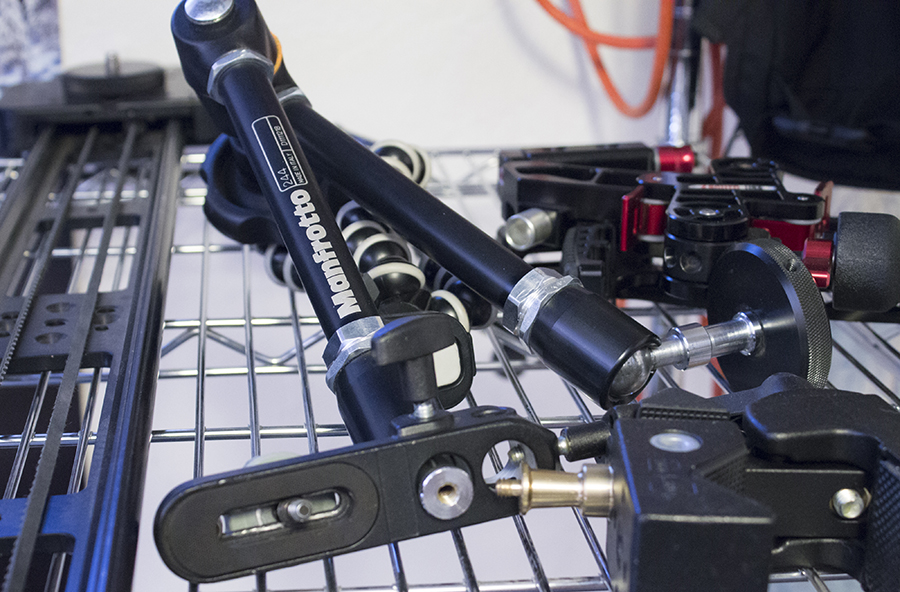
So, what does it take for you to stay relevant now and what are some of the significant changes that you have seen?
Obviously, social media is the main way that you get known and how you develop a following, whereas like I said, I had to basically become known to the art directors and art buyers around the country or whatever field I was trying to work in. Now, I think you have to have a bigger audience. I mean, lots and lots of people. Then, those art directors and art buyers will find you through that. In a lot cases, that seems to be the way it’s working. The way you actually make a living, the way you get paid is different. The downward pressure on rates has been substantial. It seems like a lot of the middle, middle of professional photographers, that work, has sort of fallen out. So, stock photography is a fraction of what it used to be. There’s a lot of guys that used to make a total living on stock photography. For me, it was maybe a third of my income or something like that. It varied. But now, I’m still with an agency or two and I license my own work as well. But, the revenues are down. People now are doing their own publishing. That’s what some people are doing. People are taking different tactics. But a lot of people, if they build up a big enough following on their Facebook, on their blog, or Instagram accounts, then there are people that will pay them or sponsor them to put little ads on there. In a sense they become their own publisher, their own magazine. I mean, that’s how magazines make their money. It’s like selling advertising and photographers would provide the images for it. Now you almost have to become your own magazine. I mean, magazines are still around, but even magazines have a fraction of the budgets that they used to. And a lot of the magazines that I used to work for—some of them are gone, completely gone. Those editors are gone. People are doing it, but it’s a different animal out there today. It’s a different world.
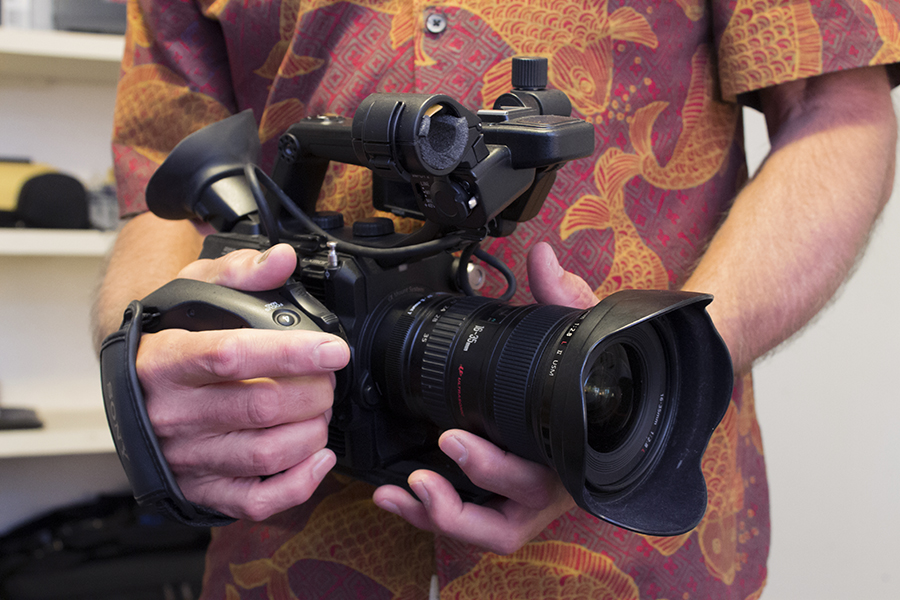
I’m at this stage in my career where, in a way I’m sort of doing what people have always said you’re supposed to do, which is do whatever you want. If it’s good enough, people will find you. I don’t know if this is exactly true, because I don’t think people will necessarily find you without doing a lot of effort. But I’m continuing to shoot commercially, because I’ve been around long enough. I still have people. I still have accounts that I shoot stills for and still do some stock and that sort of thing. For me, where I’ve changed is that I’ve gotten interested in video projects for the last five years. I think that video is the medium of our time. I’m not doing it just because I’m trying to follow a trend, but, to me, it fits nicely because of my background as a writer. It’s like coming full circle back to when I was doing writing and photography both. I’ve gone in that direction while holding on to my still work and I’m able to do some commercial video projects and then fund some through grants. I’m still figuring that out, too.
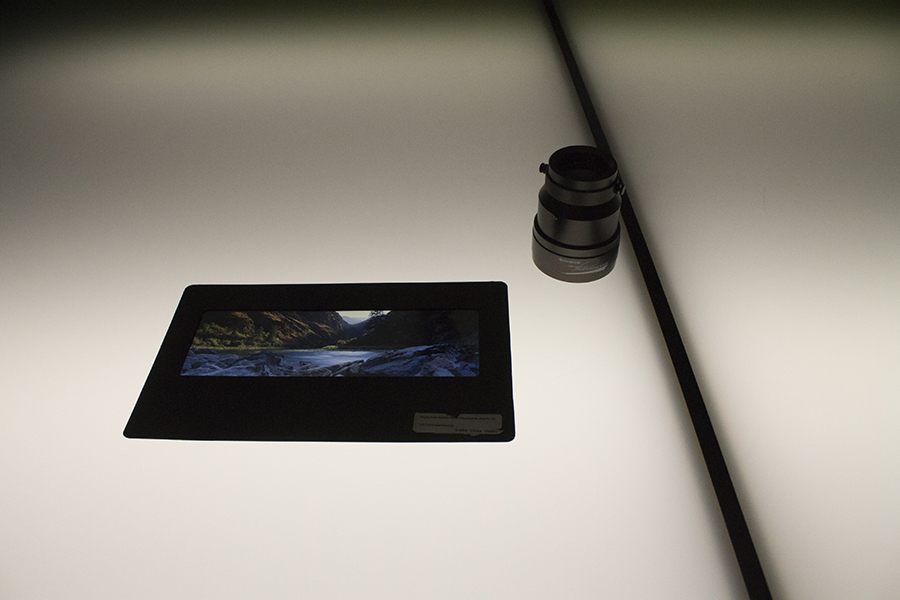
Can you discuss your views on the state of the photography community here?
Well, I was on the board of American Society of Media Photographers for a long time. I went off of it just within the last year. It’s a national organization and I was involved with it and a lot of the other photographers were involved in it with the idea of fostering more of a community here. And I think it didn’t seem to take. After a number of years of doing that—we brought in some really interesting people. We brought in some big national name photographers and put on programs and things like that. But it didn’t seem to really take.
I used to know most all the photographers in town. There weren’t that many of us working professionally. And now there’s a lot—there’s a lot more people out there. And I don’t even necessarily know them. And, you know, organizations like ASMP unfortunately, I think, are like less relevant now than they used to be, partly because it’s a younger generation. I get the sense that life is a little bit like a conveyor belt. I’m about to turn sixty-one and I recognize that I still want to work as long as I can, but I recognize that I’m further down that conveyor belt. When I started up I saw people further down the conveyor belt and they fell off. You move along and that’s sort of what happens in life.
But, the community thing—if there is, I don’t know what it is right now. I mean, photographers have always been in a kind of loner business.

Finally, do you have any words of advice?
It’s probably the “follow your bliss” idea in a way, because the business never made financial sense. If I’d ever looked at the business from a business-school standpoint, I would say, “do something else,” because—I still always marvel that you can make a living doing this.
I always had this sensation of… being on this swinging bridge or something, that it’s falling behind you. The steps that you were just on, they’ve now fallen down into the canyon gorge and are crashing against the rocks, but you keep going forward. And you make it to the other side somehow. I think you do what you love and, if you do it well enough that people will respond to it. I’m still counting on that working for me. I’d like to do it for a few more years, for sure.
Creators, Makers, & Doers highlights the lives and work of Boise artists and creative individuals. Selected profiles focus on individuals whose work has been supported by the Boise City Dept. of Arts & History.